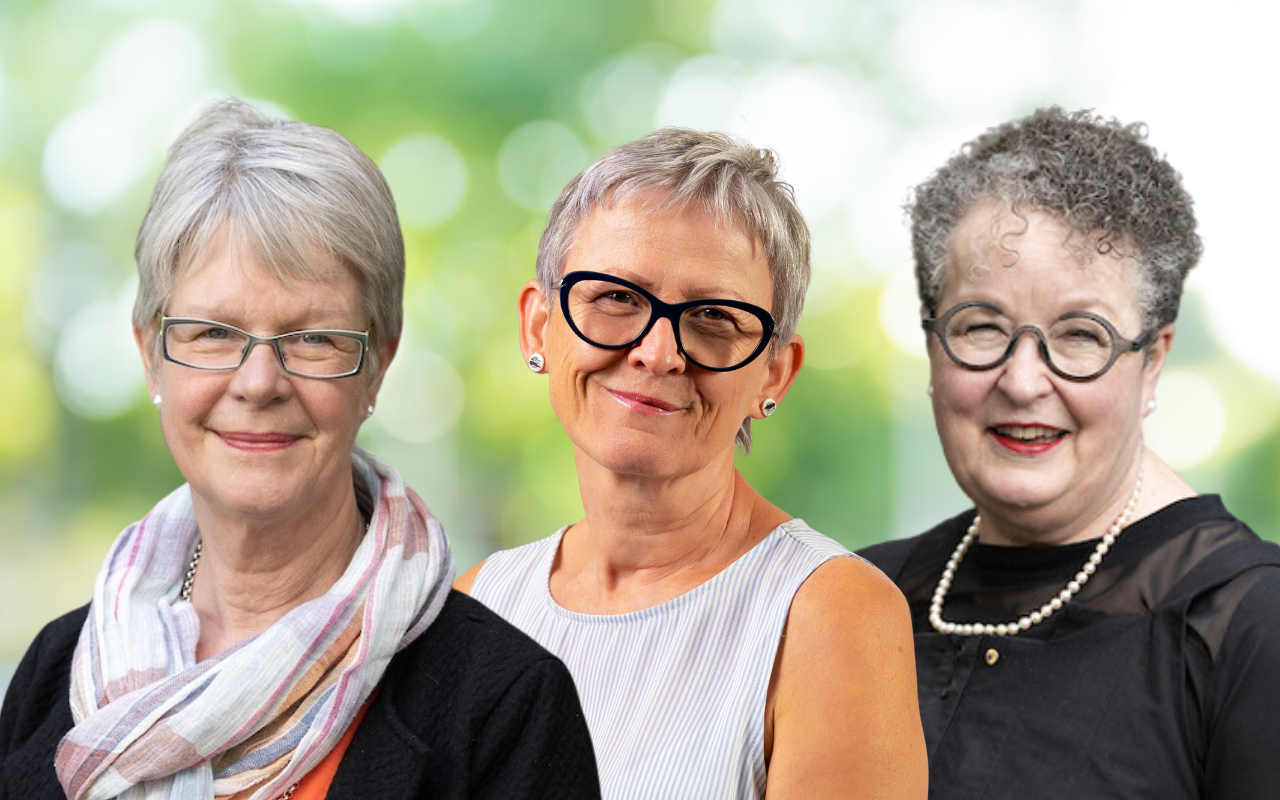When creating menopause resources for women in midlife from culturally and linguistically diverse backgrounds, it is crucial that primary care workers are involved in consultation and co-design.
In June, we published a piece in InSight+ about new video resources for women in midlife for whom English is a second language or who are not confident in their general or health literacy. Feedback from some GPs asked why we had not included a GP in our team if we wanted GPs to use the resources. We understand the frustration that the active involvement of GPs in the development of these videos could not be conveyed fully in the publication. We agree that no presumptions should be made about the need for or potential value of resources like these animated explanatory videos without consultation and co-design.
We hope some background will make the process clearer. The videos were produced as research translation materials in the National Health and Medical Research Council Centre for Research Excellence in Women and Non-communicable Diseases (WaND). WaND’s primary goal is to identify (using large international cohort datasets) potentially modifiable risks for non-communicable diseases experienced by women and to translate these into accessible health promotion resources for women. WaND investigators are researchers and clinicians from diverse disciplinary backgrounds and institutional settings, including general practice. The WaND translation subcommittee includes people with lived experiences, primary care practitioners and WaND investigators. We completed formative research using several different methods.

In a systematic review of the available evidence, the authors found that women from culturally and linguistically diverse migrant backgrounds have different menopausal symptom patterns, including poorer mental health, than non-immigrant women. Their self-management strategies for menopausal symptoms were influenced by culture and tradition and not all strategies were safe. They were mostly dissatisfied with the menopause-related health care they had received.
A subsequent review was expanded to include the available evidence about the experiences and views of health care providers who provide menopause-related care to migrant women. Health care providers were aware that migrant women used traditional remedies to manage menopausal health and that they turned to their communities for health information. However, the health care providers were found to lack confidence in their culturally competent communication capacities to address misinformation or knowledge gaps.
We conducted semi structured interviews with women who had migrated from low- and middle-income countries. They told us that they were looking for menopause-related health information in their first language and that they would like their GPs to have this information to give them in easily accessible formats.
We completed a national survey of primary care providers to understand their views about barriers and enablers to providing health care to women in midlife from culturally and linguistically diverse backgrounds. The most common barrier was “lack of culturally and linguistically appropriate menopause-related health resources”. They sought “a one-stop website” that provides health information fact sheets and resources in relevant community languages.
In a systematic search of Australian health websites, we identified a lack of accessible resources for women with low general and health literacy and from non-English speaking backgrounds about self-management for prevention of the chronic conditions of joint pain, mental health problems and menopausal symptoms.
In response to this evidence, the videos were developed in an iterative process, including consultation at each step with health care practitioners. The videos are not for GPs themselves, but rather are an evidence-based resource that might be useful health information for their patients.
As there are significant restrictions in short publications in terms of word limit, number of authors and lists of acknowledgements, we chose to include as authors the lived experience experts and the health practitioners in rheumatology, clinical psychology, nursing and health promotion who had led content development.
Dr Karin Hammarberg is a senior research fellow at School of Public Health and Preventive Medicine at Monash University.
Professor Jane Fisher is Finkel professor of global health and co-director division of planetary health at School of Public Health and Preventive Medicine at Monash University.
Dr Karin Stanzel is a research fellow at School of Public Health and Preventive Medicine. She is a Registered Nurse/Midwife with 20 years’ experience as women’s health nurse.
The statements or opinions expressed in this article reflect the views of the authors and do not necessarily represent the official policy of the AMA, the MJA or InSight+ unless so stated.
Subscribe to the free InSight+ weekly newsletter here. It is available to all readers, not just registered medical practitioners.
If you would like to submit an article for consideration, send a Word version to mjainsight-editor@ampco.com.au.

 more_vert
more_vert
Thank you Dr Kielty, we appreciate your acknowledgement of the careful consultation and collaboration that had been used to develop these. Please let us know whether you would like the links to the videos.
Thank you for the detailed clarification. I am delighted to see that the process incorporated in a significant way both the health professionals who care for these people and, most importantly, the patients themselves. Such transparency is admirable and refreshing. It’s something we can all aspire to.